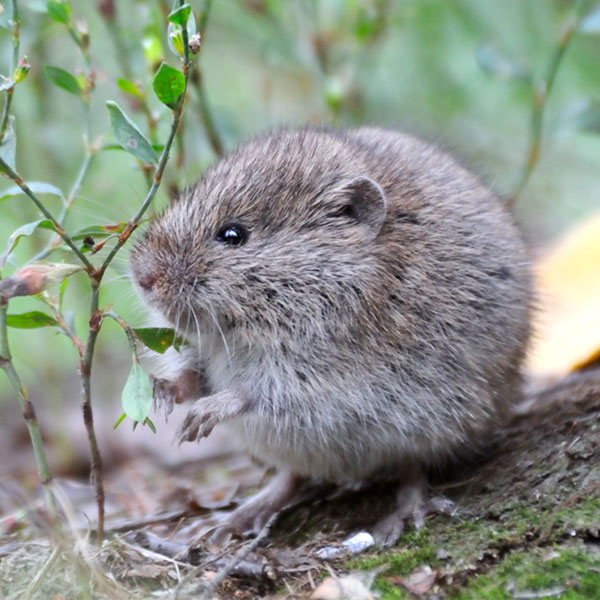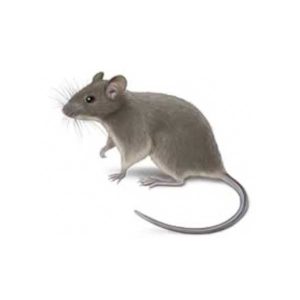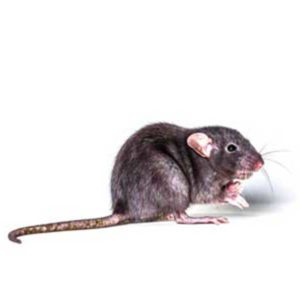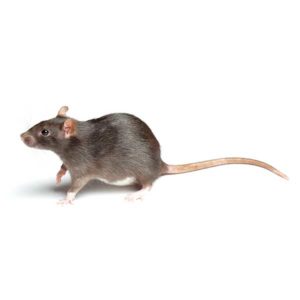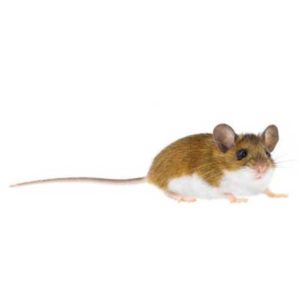Meadow Voles in Memphis TN Metro Area
The meadow vole, commonly known as the “meadow mouse” or “field mouse,” holds the distinction of being the most prevalent vole species in North America. Voles bear a resemblance to rats and mice but possess shorter tails and more robust, cylindrical bodies. Unlike adept climbers, voles typically refrain from infiltrating homes or other structures. Meadow voles have a plant-based diet, with a particular fondness for grasses and seeds, and they exhibit prolific breeding habits. These rodents construct elaborate runway and tunnel networks, resulting in substantial harm to turf and landscape plants.
Meadow Vole Habitat
While meadow voles can be frequently observed scurrying above ground, a significant portion of their time is spent below the surface in their burrow system. These voles engage in the excavation of short, shallow burrows and construct underground nests using grass, stems, and leaves. To conceal their runways, meadow voles often employ a protective layer of grass or another type of ground cover. By pulling back the overhanging ground cover, one can uncover these hidden runways. Further evidence of the presence of voles includes fresh clippings of green grass and greenish-colored droppings, measuring about 3/16 inches in length, found within the runways and near the burrows.
Meadow Vole Behaviors, Threats, or Dangers
Meadow voles generally have minimal interactions with humans, thus presenting no significant public health risks. However, it is worth noting that they have the potential to harbor disease-causing organisms, including plague and tularemia. Homeowners often view meadow voles as a considerable nuisance, as they extensively forage for food in gardens and landscapes, leading to substantial damage in orchards, tree plantings, and field crops. Vole-induced harm to tree trunks is typically observed within a few inches above and below ground level. Additionally, meadow voles can wreak havoc on lawns, golf courses, and ground covers, causing further disruption and destruction. If you suspect a meadow vole issue, contact your local rodent exterminators.

